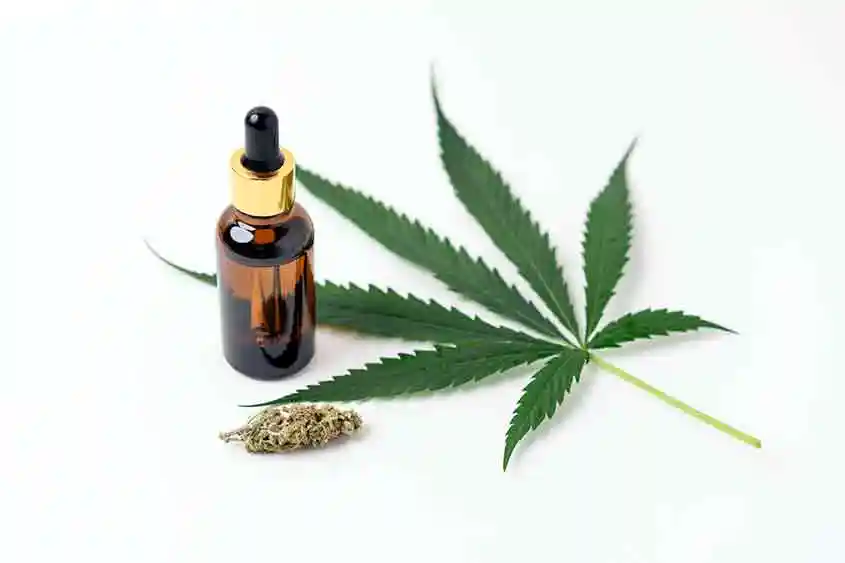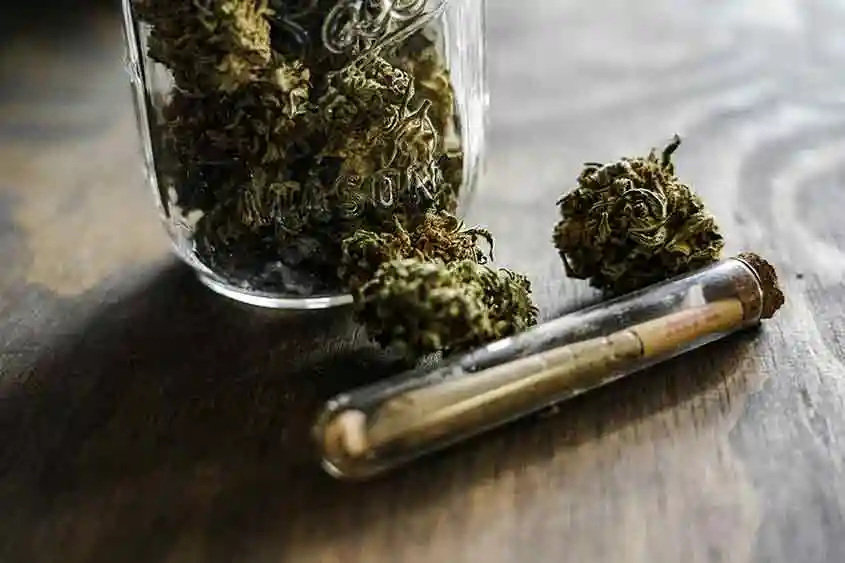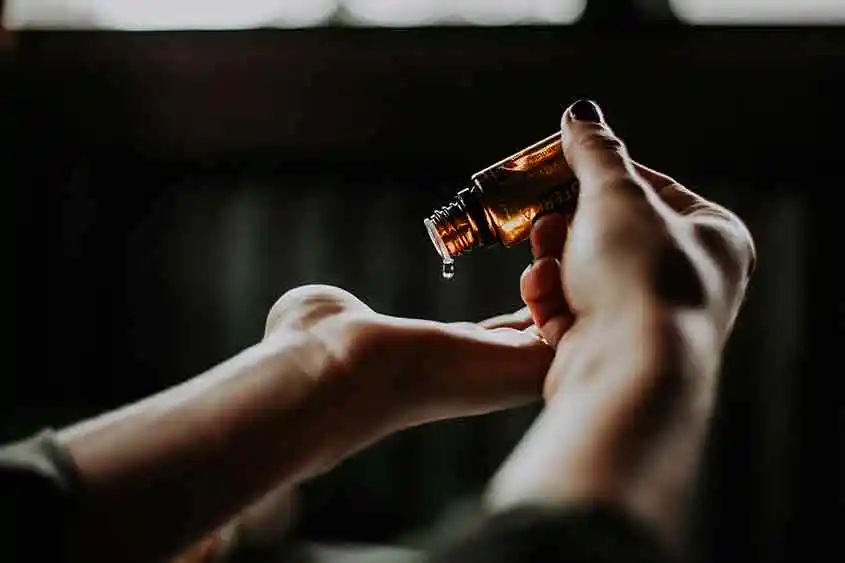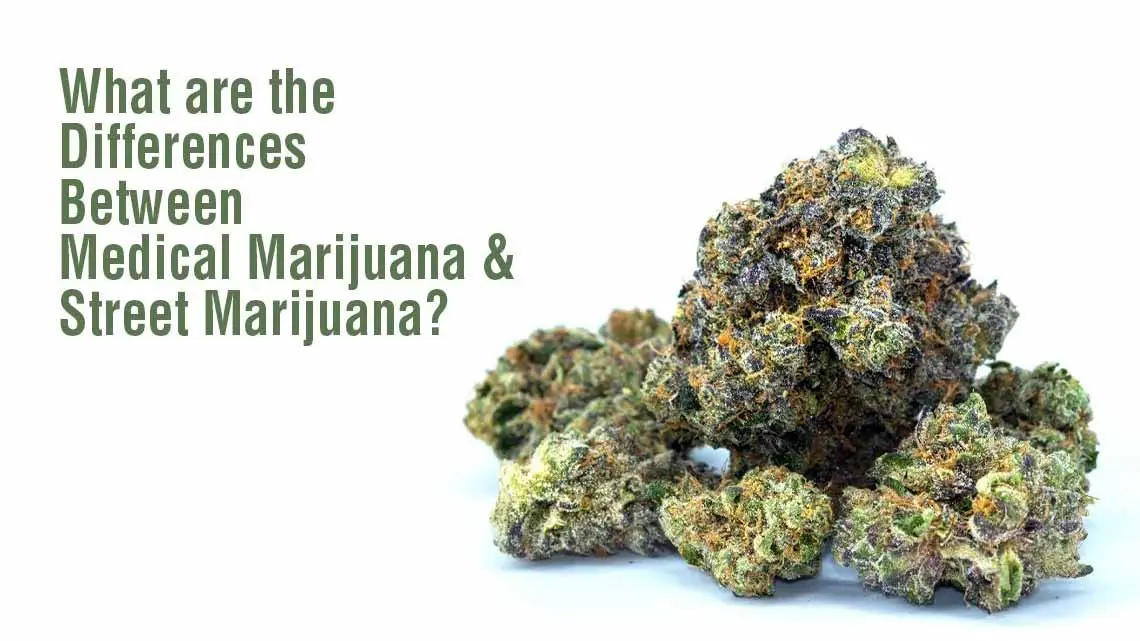In recent years, medical marijuana legislation has been progressively passed in various US states. Today, many have legalized cannabis for both medical and recreational use. This evolving legal landscape underscores the importance of understanding the distinctions between medical marijuana, used for therapeutic purposes. Understandably, it is used under regulated frameworks. Street marijuana is obtained illegally and often used recreationally outside of legal parameters. Medical cannabis is prescribed by healthcare professionals to alleviate symptoms and improve the quality of life for patients with specific medical conditions. On the other hand, street marijuana is typically accessed illicitly and used for recreational purposes without oversight or quality control.
The differences between medical and street marijuana highlight broader societal shifts toward accepting cannabis as a legitimate form of medicine. At the same time, there are ongoing challenges associated with illegal cannabis use. By recognizing these distinctions, individuals can make informed choices about cannabis consumption. We at BesaMe Wellness advocate for responsible, legal access to medical marijuana within established regulatory frameworks.
What is Medical Marijuana?
Definition and Purpose
Medical marijuana, also known as medical cannabis, refers to cannabis products prescribed by qualified healthcare professionals. It is meant for patients who have qualifying medical conditions specified by state laws. The primary purpose of medical marijuana is to alleviate symptoms associated with various health conditions. All in all, it is meant to improve the overall quality of life for patients. We’ll compare this to street marijuana later in the article.
Therapeutic Applications
Medical marijuana is utilized to manage a range of medical symptoms and conditions. These include chronic pain, nausea, muscle spasms, seizures, and anxiety. Also, it may be recommended for conditions like cancer, multiple sclerosis, Crohn’s disease, and PTSD (post-traumatic stress disorder), among others. The cannabinoids in medical marijuana interact with the body’s endocannabinoid system to provide therapeutic effects.

Legality and Regulation
Medical marijuana is obtained legally through licensed dispensaries in states where medical cannabis is legalized. Also, each state has specific laws and regulations governing the use, distribution, and cultivation of medical marijuana. As a result, patients receive cannabis that meets quality standards and safety requirements, minimizing risks associated with unregulated cannabis use.
How It's Used
Medical marijuana is available in various forms, including dried flower for inhalation, concentrates for vaporization, edibles, tinctures, and topicals. The choice of product depends on the patient’s condition and preferred method of administration. Healthcare professionals guide patients on proper dosage and usage instructions to maximize therapeutic benefits while minimizing potential side effects.
Benefits and Considerations
Medical marijuana offers several potential benefits, including pain relief, improved appetite, reduced nausea, muscle relaxation, and mood stabilization. However, patients should consider potential risks and side effects. Dizziness, dry mouth, impaired coordination, and cognitive effects could well become unwelcome collateral effects. As a result, healthcare providers monitor patients closely to ensure safe and effective use of medical marijuana.
In summary, medical marijuana is a legally prescribed cannabis product used to manage symptoms and improve the quality of life. It is administered to patients with qualifying medical conditions. Understandably, it is obtained from licensed dispensaries and regulated to ensure safety and efficacy. Patients should consult healthcare professionals for personalized recommendations and guidance on using medical marijuana responsibly.
What is Recreational Marijuana?
Recreational Marijuana and Street Marijuana
People sometimes confuse street marijuana with recreational marijuana. The difference is simple – what we call recreational marijuana is sold legally, and street marijuana is called so when it is sold illegally. Recreational marijuana, also referred to as adult-use cannabis, is cannabis consumed by adults for non-medical purposes. It is sold in states where recreational cannabis use is legal. Medical marijuana, as we know, is prescribed for specific medical conditions. On the other hand, recreational marijuana is used purely for enjoyment. All in all, people use it to experience the psychoactive effects of cannabis.

Legal Status and Access
Recreational marijuana is legally permitted for adults in states that have passed laws allowing its cultivation, sale, and use for recreational purposes. Adults of legal age (typically 21 years and older) can purchase recreational cannabis products from licensed dispensaries. No medical recommendation or diagnosis is required to buy recreational marijuana.
Consumption and Effects
Recreational users consume marijuana to achieve various effects, including relaxation, euphoria, heightened sensory perception, and altered mood. The psychoactive compound THC (tetrahydrocannabinol) is primarily responsible for the “high” associated with recreational cannabis use. Users may consume marijuana by smoking dried flower, vaping concentrates, eating edibles, or using other methods.
Social and Cultural Context
Recreational marijuana is often used socially, such as during gatherings or recreational activities, where users share and enjoy cannabis together. It is also integrated into cultural practices and rituals, particularly in states where cannabis use has been normalized and accepted as part of everyday life.
Considerations and Precautions
While recreational marijuana can be used responsibly by adults, there are important considerations and precautions to keep in mind. Overconsumption of cannabis can lead to adverse effects such as anxiety, paranoia, impaired coordination, and cognitive impairment. Responsible use involves understanding dosage, setting, and context to ensure a safe and enjoyable experience.
Regulation and Compliance
States that legalize recreational marijuana implement regulations to ensure product safety, quality control, and responsible consumption. Licensed dispensaries undergo strict compliance measures to prevent underage access and minimize potential risks associated with recreational cannabis use.
In summary, recreational marijuana is cannabis used for non-medical purposes by adults in states where it is legally permitted. It provides users with psychoactive effects and serves as a recreational substance for enjoyment and social interaction. It is to be used within the context of legal regulations and responsible use practices.
Differences Between Medical & Recreational Marijuana
Differences Between Medical & Recreational Marijuana
One of the key differences between medical and recreational marijuana lies in the composition of cannabinoids, particularly THC (tetrahydrocannabinol) and CBD (cannabidiol). Medical marijuana is carefully formulated with specific ratios of THC and CBD tailored to address therapeutic needs. For example, medical cannabis products may contain higher levels of CBD and lower levels of THC to provide medicinal benefits without causing strong psychoactive effects. This cannabinoid balance is customized to help alleviate symptoms such as pain, inflammation, seizures, or nausea experienced by patients with qualifying medical conditions. In contrast, recreational marijuana often contains higher THC levels. After all, recreational users seek the psychoactive “high” associated with cannabis consumption for recreational purposes.

Quality & Testing
Medical marijuana undergoes rigorous quality testing to ensure purity, potency, and safety for patients. Licensed dispensaries and medical cannabis producers adhere to strict regulations that require comprehensive testing of cannabis products. This testing process involves screening for contaminants such as pesticides, heavy metals, residual solvents, and microbial impurities. These quality control measures are essential to protect the health of medical marijuana patients and ensure that they receive safe and effective cannabis treatments. In contrast, street marijuana (obtained illegally) lacks quality control and testing. All in all, street marijuana is potentially risky due to the unknown composition and presence of harmful substances.
Shopping Experience & Regulations
The shopping experience for medical marijuana is designed to cater to the specific needs of patients seeking therapeutic cannabis treatments. State-licensed dispensaries provide a regulated and controlled environment where patients can consult with knowledgeable staff. Budtenders, as they are called, offer personalized guidance on product selection and dosage. Medical marijuana patients benefit from a range of products tailored to different medical conditions, including flower, tinctures, edibles, topicals, and concentrates. Moreover, medical cannabis patients may enjoy certain benefits such as tax exemptions and higher purchase limits compared to recreational users.
Legal Considerations
State laws governing medical and recreational marijuana vary widely across the US, impacting possession, use, and purchase regulations. Medical marijuana requires patients to have qualifying medical conditions determined by state laws. Medical users must undergo a process to obtain a medical marijuana card. This process often involves consultation with healthcare professionals and submission of necessary documentation to state authorities. Medical marijuana patients must comply with local regulations to legally access cannabis products for therapeutic use, ensuring safe and responsible consumption practices.
Benefits of Medical Marijuana
Therapeutic Relief
Medical marijuana is prescribed to alleviate symptoms associated with a wide range of medical conditions, including chronic pain, nausea, muscle spasms, seizures, inflammation, and anxiety. The cannabinoids in medical cannabis interact with the body’s endocannabinoid system to provide targeted relief and improve overall quality of life for patients. For example, CBD (cannabidiol) has anti-inflammatory and anti-anxiety properties. On the other hand, THC (tetrahydrocannabinol) can help manage pain and stimulate appetite in patients undergoing chemotherapy.

Customized Treatment
One of the significant advantages of medical marijuana is its customization to meet the specific needs of patients. Medical cannabis formulations often feature precise ratios of cannabinoids tailored to address individual symptoms and conditions. For instance, certain strains high in CBD are preferred for treating epilepsy due to their anticonvulsant effects. Likewise, THC-dominant strains are used for managing neuropathic pain associated with conditions like multiple sclerosis.
Alternative to Pharmaceuticals
Medical marijuana offers a natural alternative to conventional pharmaceutical medications for patients who may benefit from cannabis-based treatments. Some patients prefer medical cannabis due to its perceived lower risk of adverse side effects compared to pharmaceutical drugs. Additionally, medical marijuana may be effective for conditions that do not respond well to traditional medications, providing patients with alternative therapeutic options.
- Legal Protections: Patients using medical marijuana are protected by state laws that permit its use for qualifying medical conditions. This legal framework allows patients to access cannabis treatments without fear of legal repercussions. It ensures safe and legal access to therapeutic cannabis products through licensed dispensaries and healthcare providers.
- Access to Expert Guidance: Medical marijuana patients benefit from expert guidance provided by healthcare professionals and trained budtenders at licensed dispensaries. These professionals offer valuable insights into dosage, administration methods, strain selection, and potential interactions with other medications, ensuring the safe and effective use of medical cannabis tailored to individual patient needs.
Using Recreational Marijuana
Recreational Enjoyment
Recreational marijuana is primarily used for relaxation, socialization, and recreational purposes. It offers users a sense of euphoria, stress relief, and altered sensory experiences. Many individuals consume recreational cannabis to unwind after a long day, enhance social interactions, or simply enjoy recreational activities with friends.
Creative Inspiration
Some users of recreational marijuana report enhanced creativity and inspiration. They use cannabis to stimulate artistic expression, explore new perspectives, or engage in introspective thought. The altered state of consciousness induced by cannabis can unlock creativity and imagination for certain individuals. Naturally, it is a popular choice among artists, musicians, and writers.
Legal Limitations
Recreational marijuana use is subject to state laws and regulations governing possession, use, and purchase. Users must adhere to legal restrictions, including age limits and possession limits, to avoid legal consequences associated with non-compliance with local cannabis laws. Understanding and following these regulations is essential for responsible recreational use.
Responsibility and Moderation
Responsible recreational use involves understanding personal tolerance levels, avoiding overconsumption, and respecting legal and social boundaries. Users should prioritize moderation, awareness of surroundings, and consideration of potential effects on physical and mental well-being to ensure safe and enjoyable experiences.
Social Interaction
Recreational marijuana is often enjoyed socially, fostering camaraderie and shared experiences among adults in legal settings. Many users appreciate the social aspects of cannabis consumption, such as gathering with friends at cannabis-friendly events. Another booming industry is cannabis tourism destinations where recreational use is permitted.
Conclusion
In summary, distinguishing between medical and recreational marijuana is important for individuals navigating cannabis use. Medical marijuana, prescribed for specific conditions, offers targeted relief through customized formulations under legal protections at licensed dispensaries. Patients benefit from natural alternatives to pharmaceuticals and personalized treatment options.
Meanwhile, recreational marijuana serves non-medical purposes, providing relaxation and enjoyment for adults in legal states. Responsible use requires adherence to legal limitations and regulations to ensure safe experiences. Understanding these distinctions empowers informed decision-making for safe and positive cannabis use.
Whether seeking therapeutic benefits or recreational enjoyment, it’s crucial to prioritize responsible consumption, respect local laws, and consult healthcare professionals when considering cannabis use. By fostering awareness and adherence to legal frameworks, individuals can maximize the benefits of cannabis while minimizing potential risks.
Consult a healthcare professional before using cannabis products; the advice provided is not a substitute for medical guidance.

